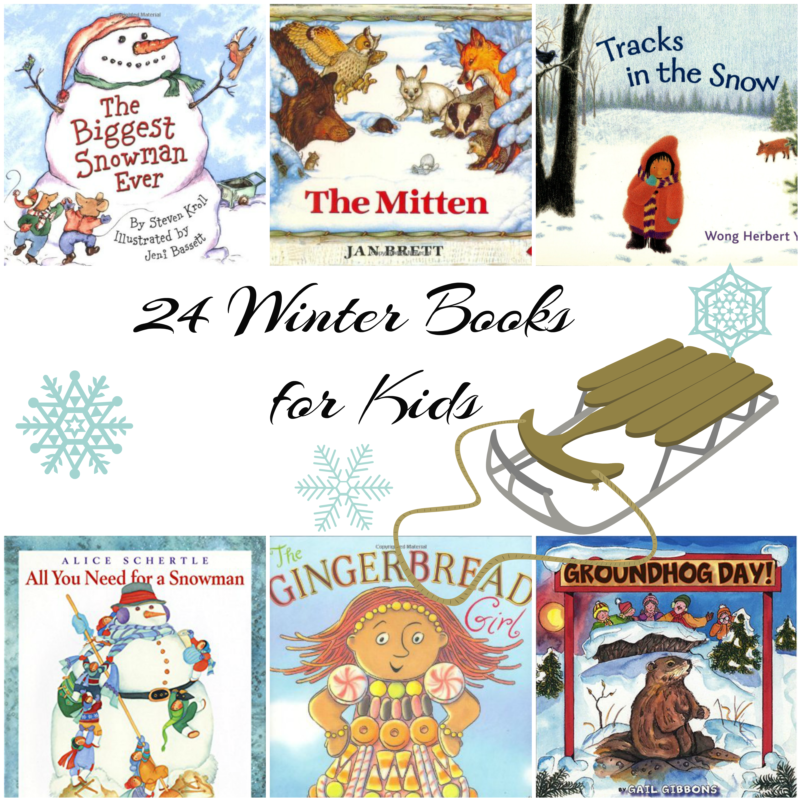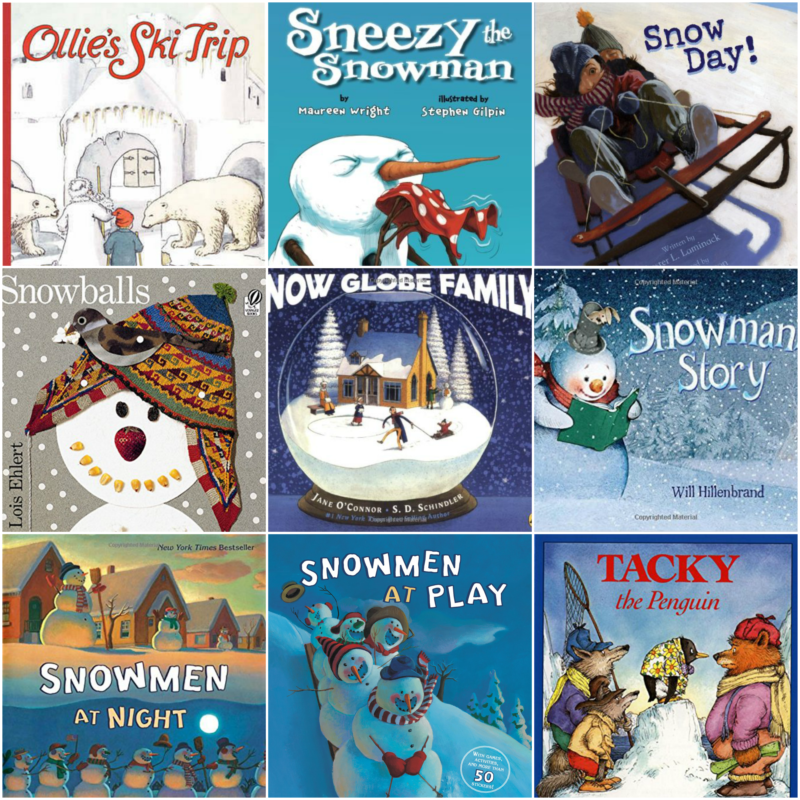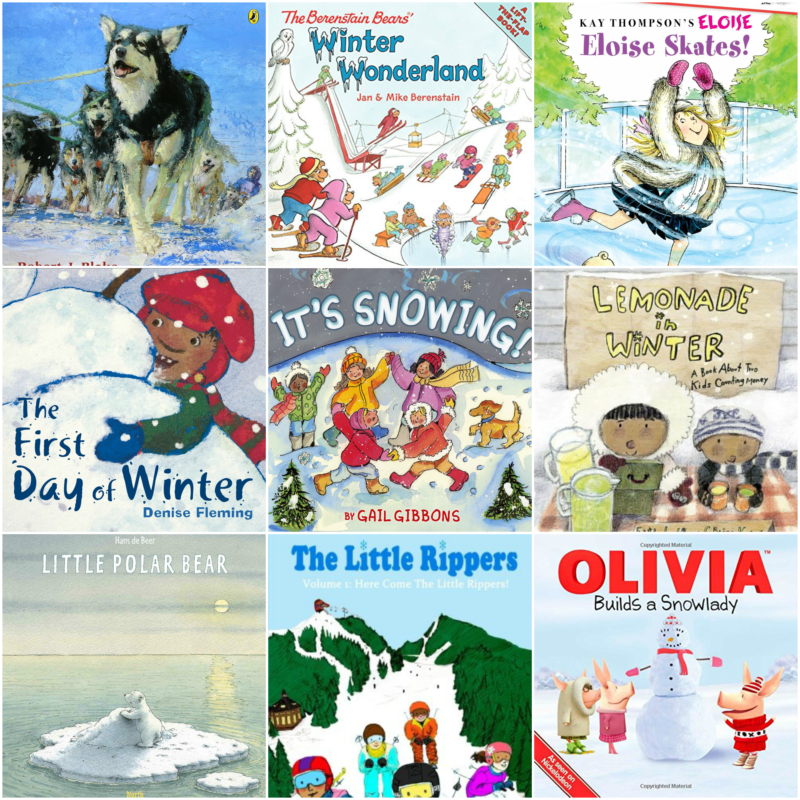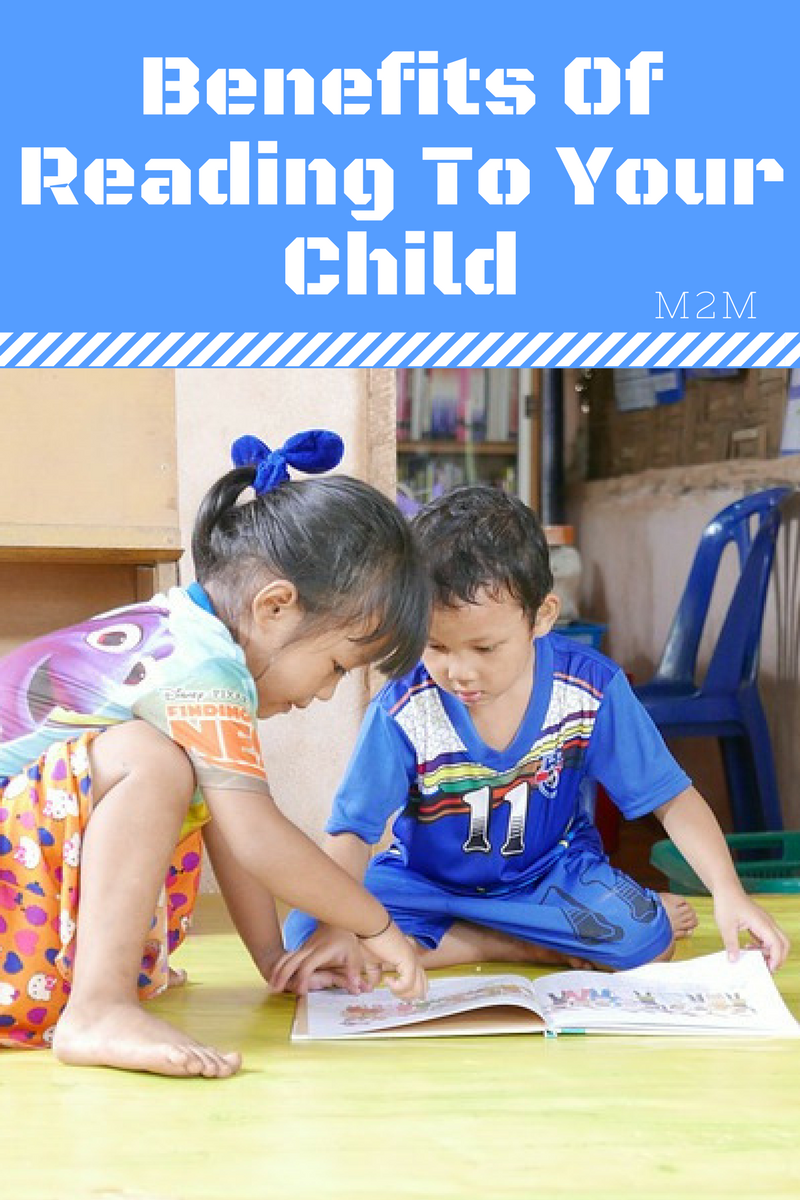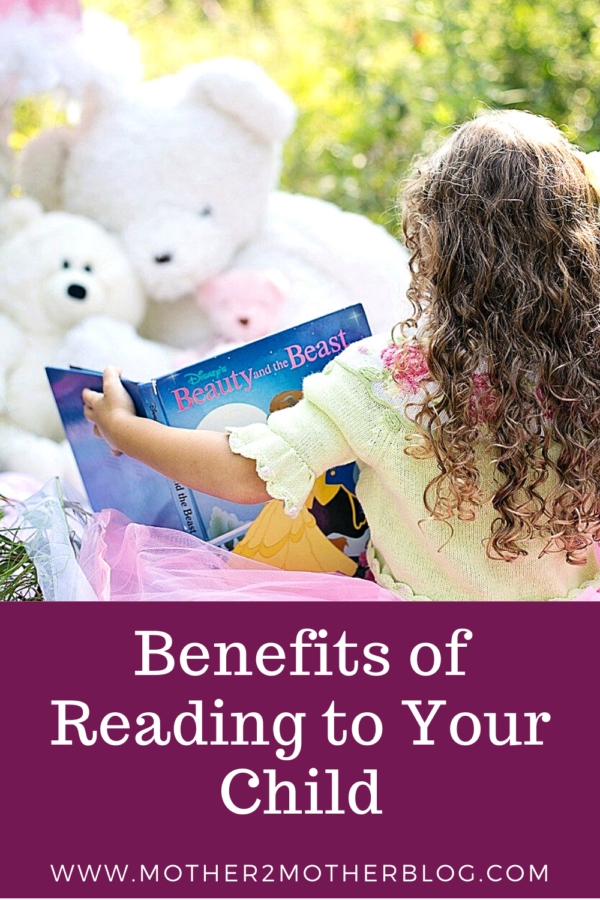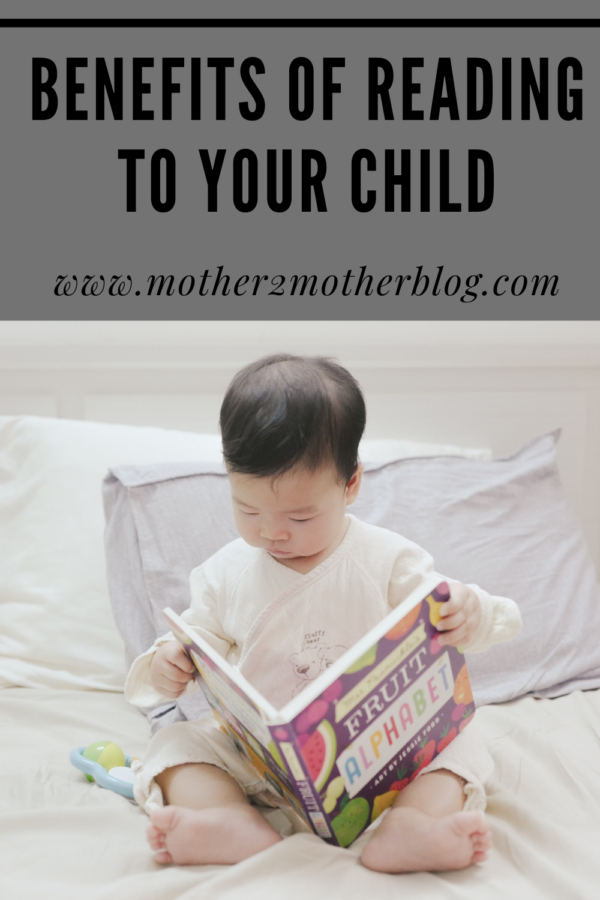Today, we’re sharing parenting tips on the benefits of reading to children. Reading to children during bedtime has been a staple in raising children for many parents. However, the activity goes beyond being a means to strengthen the ties between parent and child. Additionally, science has proven that kids can gain a lot of benefits from the activity.
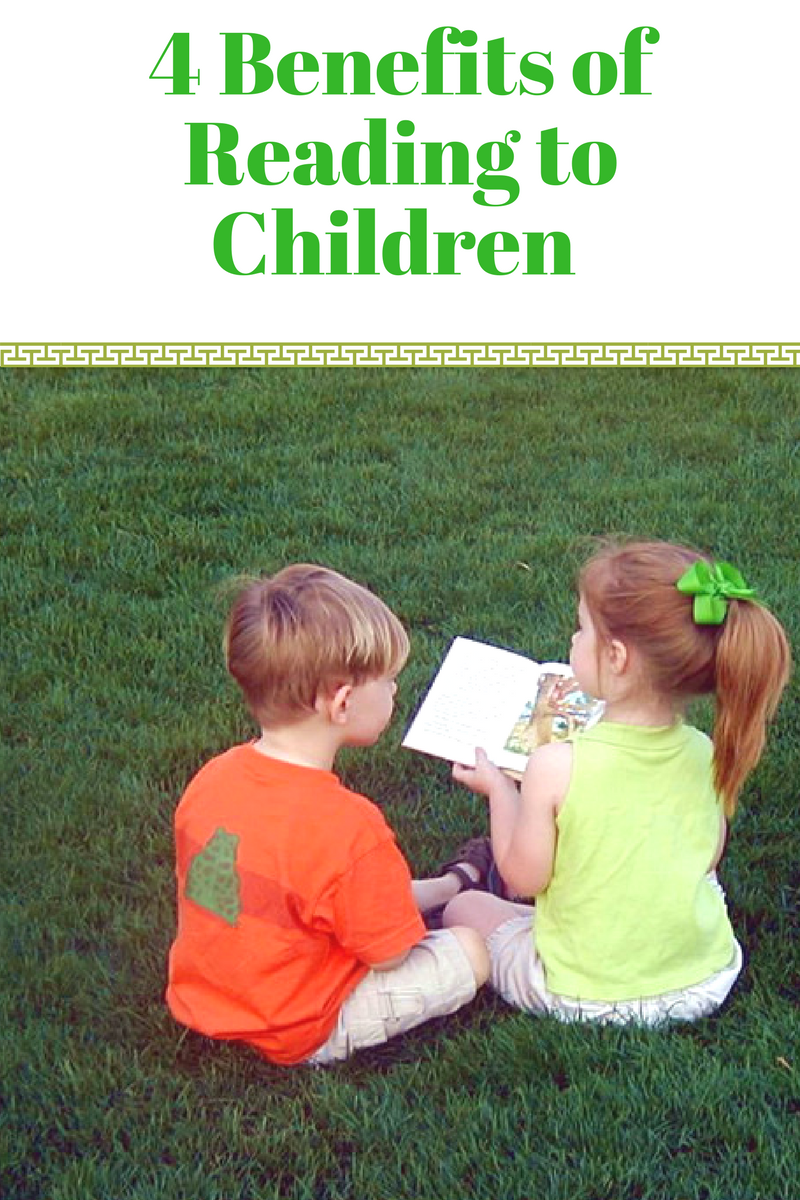
Benefits of Reading to Your Children:
It helps them develop their vocabulary
One of the most obvious benefits of reading to children is that it helps them learn new words. According to G. Reid Lyon, at the National Institute of Child Health and Development, reading can increase brain activity. Specifically, it stimulates the auditory cortex, which is the part of the brain that handles language sounds. The more they become exposed to words, the quicker it will take them to process and learn them.
It helps stimulate their imagination
You might find it hard to believe that imagination can actually be measured by science, but that is exactly what a medical team from Cincinnati Children’s Hospital Medical Center did. An article on WebMD summarized the results of their research, which revealed that reading to children helps stimulate brain activity.
The study revealed that the more time children were exposed to reading at home, the more they showed brain activity while listening to stories at the laboratory. Dr. John Hutton, who led the team, stated that this was an indication that reading to children can help fire up their imagination. Scientists believe that early reading can help develop children’s literacy later on in life.
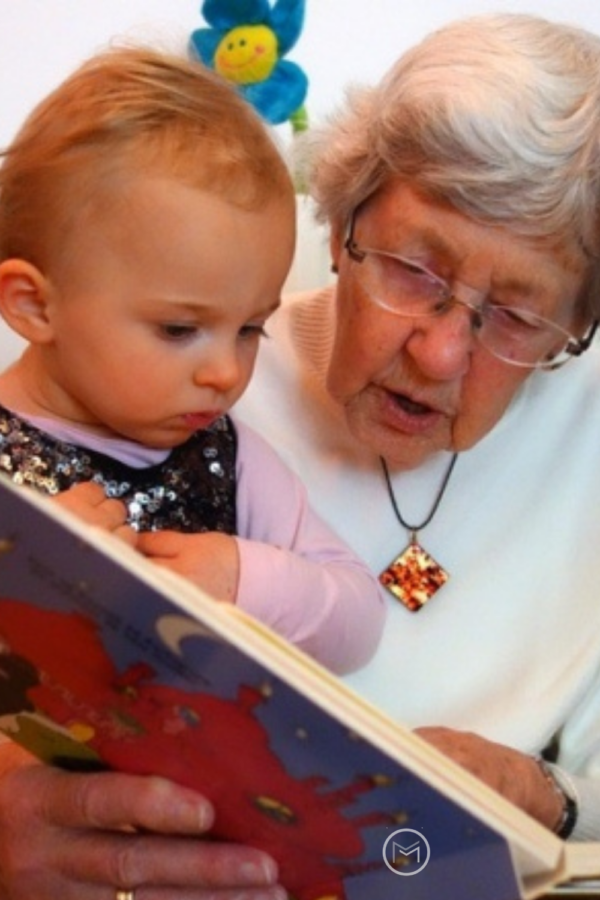
It helps advance their skills
In 2013, the Melbourne Institute of Applied Economic and Social Research discovered that children aged 4-5 years old who read 3-5 times a week have the same reading skills of kids who are older than them by 6 months. The older children read less than twice a week. Furthermore, the study discovered that reading to kids 6-7 times weekly can help them become on par with those who are nearly a year older than them.
These promising results go beyond the laboratory. The author and illustrator Nadia Shireen, who, in an interview with Tootsa, revealed that as a child, she went to the library regularly. As a result, it inspired her to pursue her profession.
Reading does not just improve children’s adeptness to words. It can even improve their mathematical skills. An article on The Guardian discussed how this could be due to the fact that reading makes kids more receptive to new ideas, enabling them to pick up skills, including involving numbers, much faster.
It teaches them coping skills
Reading can also help children learn coping skills. Books can help children learn how to better handle difficult situations. Additionally, books serve as a temporary escape that they can turn to in times of stress.
